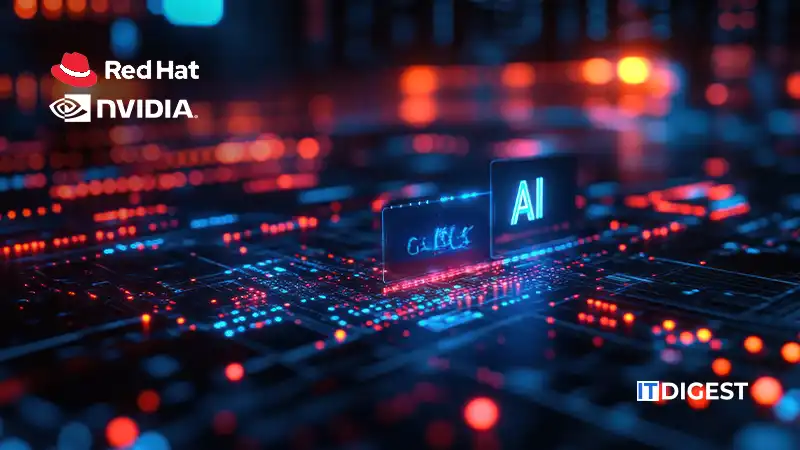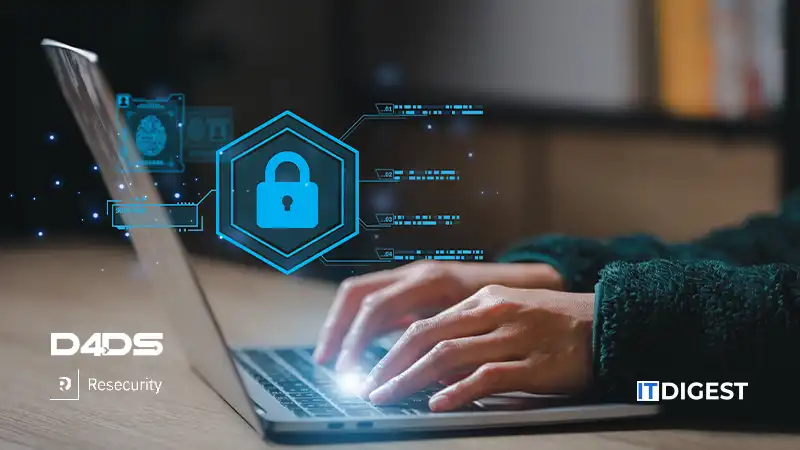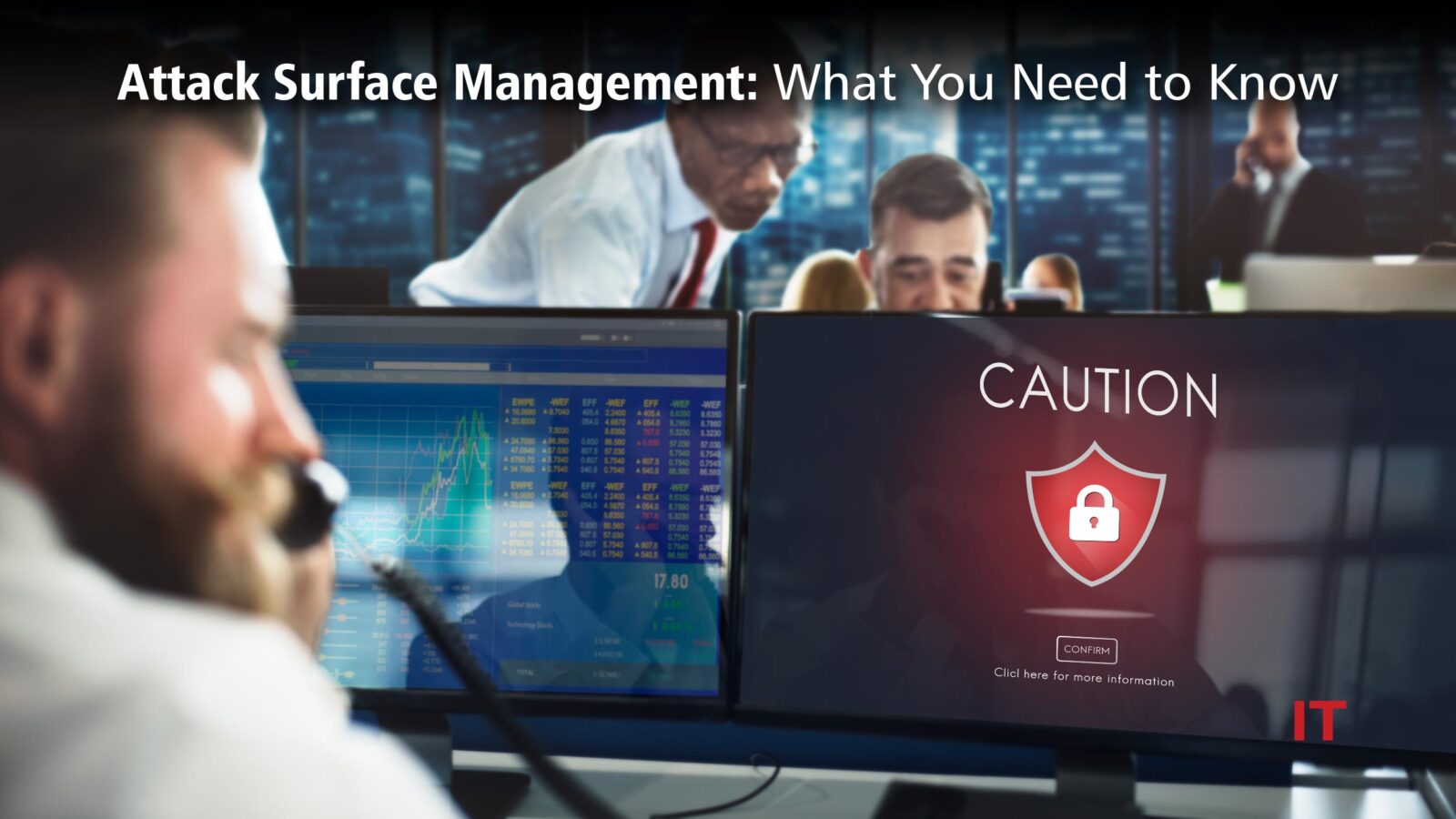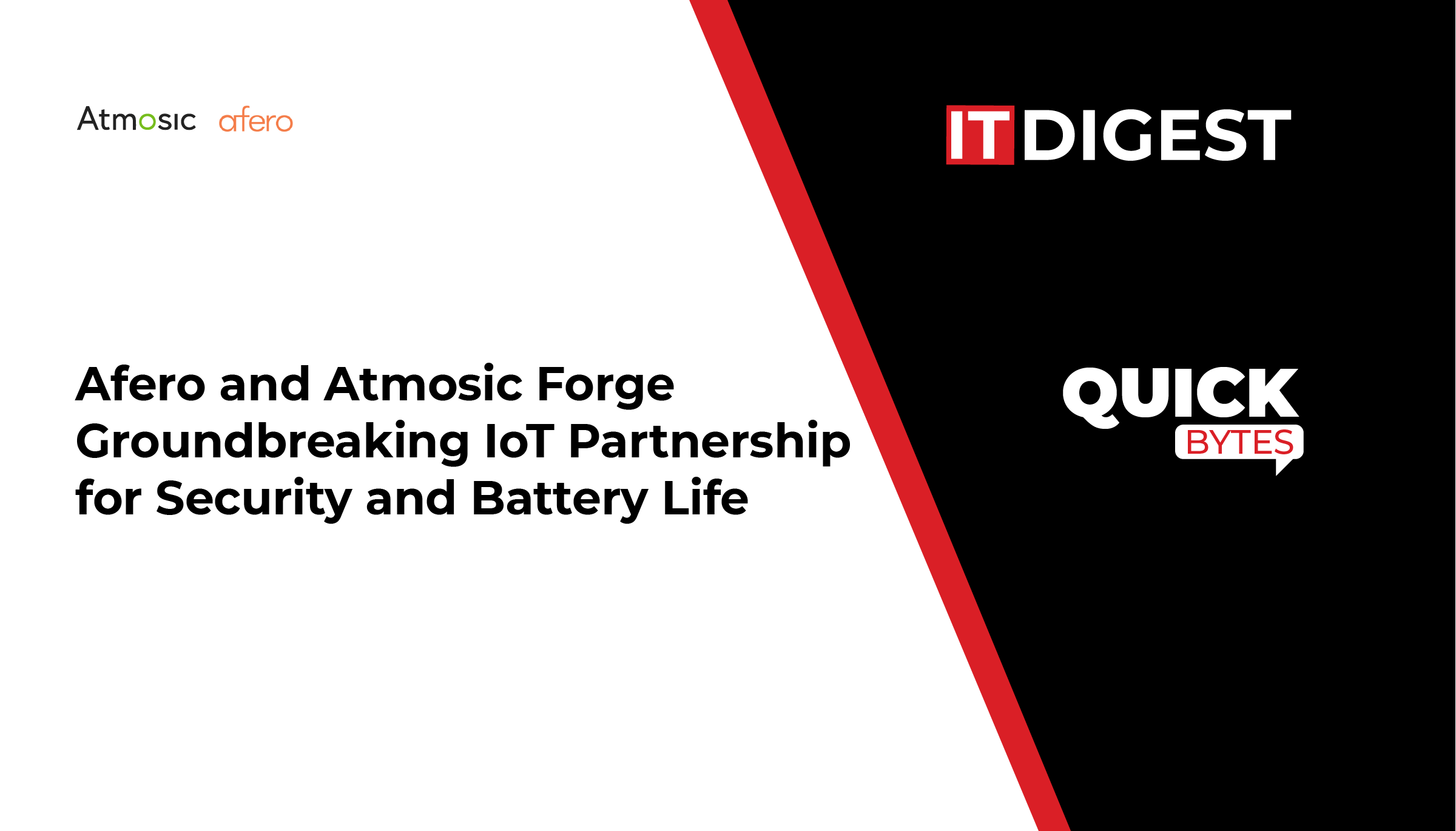Attack surface management (ASM) is the new way of protecting, fixing, and monitoring vulnerabilities, data thefts, and more. The priority of companies in today’s cyber world is to protect and fix the existing flaws.
Imagine if you have an excellent business model but don’t safeguard your system. Disaster, ain’t it? Luckily, businesses can use ASM to help with the same. Read on to know more.
What is Attack Surface Management?
Attack Surface Management (ASM) is a continuous method of identifying, evaluating, classifying, fixing, and monitoring the potential attack vectors and vulnerabilities that comprise an organization’s attack surface.
The attack surface refers to the total number of entry points, flaws, and vulnerabilities a hostile party could use to obtain unauthorized access to a system or network. Attackers have more opportunities to take advantage of the larger attack surface. The two main objectives of attack surface management are reducing associated risks and improving visibility on the attack surface.
What is External Attack Surface Management?
External Attack Surface Management (EASM) describes the ongoing identification, observation, assessment, prioritizing, and correction of attack vectors inside the external attack surface of an organization.
An organization’s internet-facing assets and the related attack vectors that can be used in an assault are collectively called an external attack surface, often called a digital attack surface.
Finding and controlling hazards related to a company’s online assets and systems is the aim of enterprise asset management or EASM. It assists companies in determining hard-to-find weaknesses, like shadow IT systems, and improves their comprehension of their actual external attack surface.
What is an Attack Surface Manager?
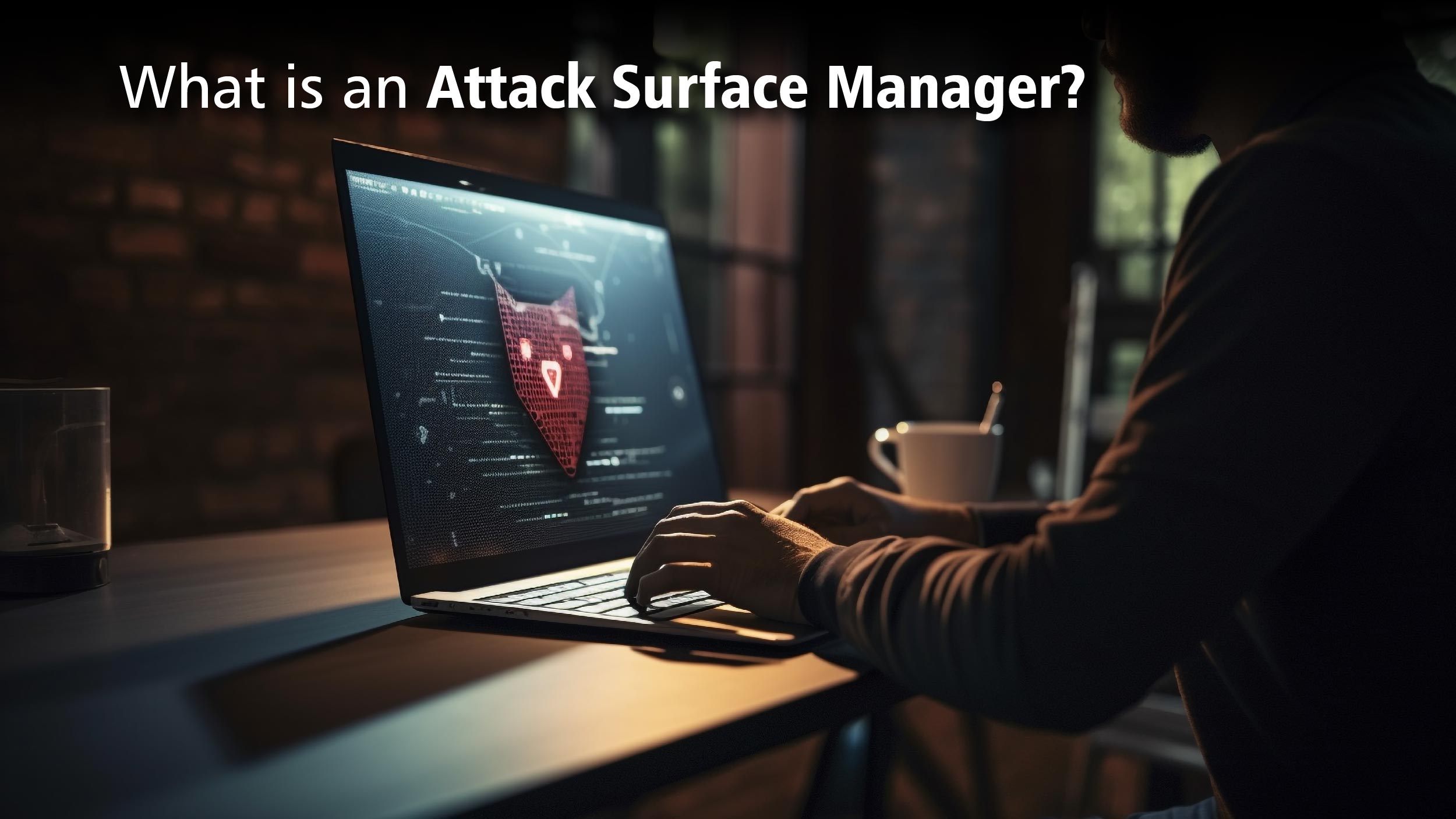 An attack surface manager is an individual or a team responsible for overseeing and implementing ASM practices within an organization. Their role involves continuously discovering, monitoring, evaluating, prioritizing, and remediating the attack vectors and vulnerabilities present in an organization’s IT infrastructure.
An attack surface manager is an individual or a team responsible for overseeing and implementing ASM practices within an organization. Their role involves continuously discovering, monitoring, evaluating, prioritizing, and remediating the attack vectors and vulnerabilities present in an organization’s IT infrastructure.
Also Read: Bitwarden Extension: Safe and Affordable Tool For Password Management
Why is Attack Surface Management Important For Cybersecurity?
ASM is vital to cybersecurity posture due to rising cloud adoption, remote work opportunities, and rapid digital transformation. Over 60% of all exposures on the worldwide attack surface are related to web framework takeover, remote access services, and IT and security infrastructure. All these factors contribute to a readily available digital footprint that attackers make use of.
According to one of the best attack surface management vendors, Cortex Xpanse‘s CTO, Matt Kraning, businesses should actively monitor their attack surface since it is always changing. Without constant awareness, attackers will be able to take advantage of several routine exposures that are unknown to them.
Additionally, according to the 2023 State of Cyber Assets report, the vulnerable cloud attack surface has grown by almost 600% yearly.
The rate at which new attack vectors and vulnerabilities appear in today’s networks is too fast for traditional methods such as asset discovery, risk assessment, and vulnerability management procedures. This is because conventional methods are more centralized and stable. For example, penetration testing can check for potential flaws in assets that are already known to exist, but it is unable to assist security teams in identifying constantly emerging cyber threats and vulnerabilities.
This is why ASM is important, as it enables security teams and security operations centers (SOCs) to create a proactive security posture. ASM solutions enable real-time visibility into newly discovered vulnerabilities and attack vectors.
Why Companies Use Attack Surface Management?
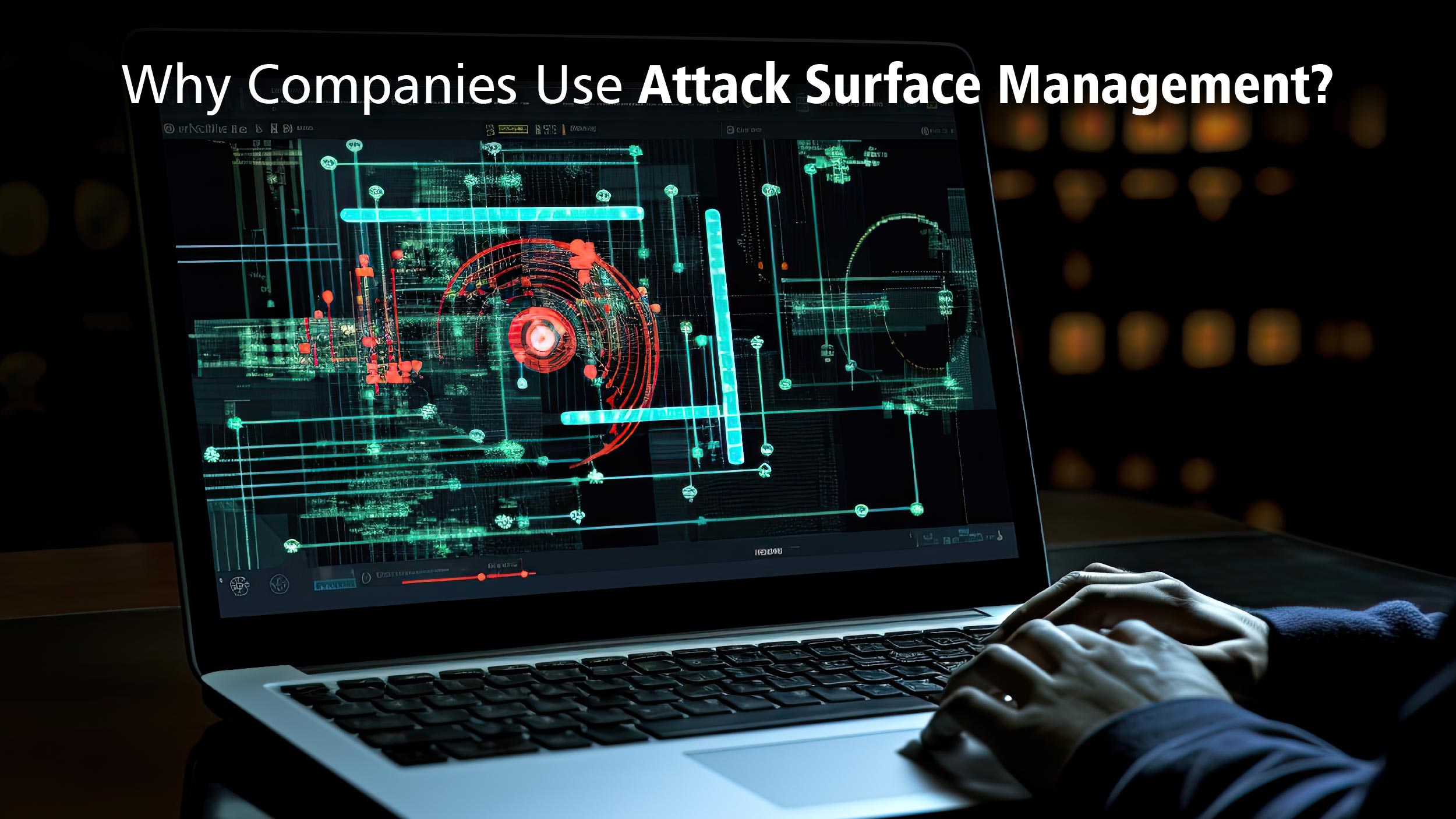 Reasons for using ASM in organizations include:
Reasons for using ASM in organizations include:
- Outside-in strategy: Automated reconnaissance is used by attackers to assess your attack surface from the outside in. Security teams can see things from the same angle thanks to ASM, which shows the attack surface that hackers can exploit.
- Constant visibility: ASM keeps track of your security flaws continuously.
- Quick remediation: ASM enables proactive problem detection across all attack surfaces and fixes problems before they are used against you.
Key Functions of Attack Surface Management Solutions
ASM solutions are crucial for modern cybersecurity practices, offering a range of essential functions:
- Asset Discovery: ASM solutions list and categorize every component that makes up the attack surface, such as external dependencies, hardware assets, networks, apps, and cloud resources. To comply with government regulations, comprehensive software discovery and Software Bill of Materials (SBOM) data may be required.
- Asset Profiling and Vulnerability Assessment: Profiling involves acquiring detailed information about each component within the attack surface, while vulnerability assessment evaluates resilience and susceptibility through techniques like CVE scanning and penetration testing. Machine learning algorithms aid in analyzing data obtained from profiling and assessments.
- Prioritization: Information from ongoing assessments is risk-scored per asset and contextualized, often aligning with industry standards like the NIST CVSS. ASM solutions help security teams prioritize remediation efforts based on risk severity, customer asset exposure, and available resources.
- Monitoring: Regular monitoring is essential to detect changes in the attack surface, new vulnerabilities, and emerging threats. ASM solutions provide facilities for real-time cyber threat intelligence analysis, log and telemetry analysis, and monitoring of security events, aiding in effective threat detection.
- Remediation: ASM solutions assist in implementing new or enhancing existing security controls and configurations to reduce vulnerabilities. This involves recommending or executing patches, firmware updates, configuration changes, and other measures, often relying on API connectivity with third-party systems. Detailed guidance on vulnerability management and patching is provided to facilitate effective remediation actions.
What is the Difference Between Attack Surface Management and Vulnerability Management?
Attack surface management and Vulnerability Management (VM) are two different but interconnected terms. The difference between ASM and VM is in their scope. ASM entails the ongoing process of identifying, scrutinizing, and addressing vulnerabilities and potential avenues of attack throughout an organization’s digital landscape. It adopts a comprehensive perspective, taking into account hardware, software, and even social engineering factors to present a thorough picture of potential threats and minimize overall risk.
On the other hand, VM is more focused, concentrating specifically on known vulnerabilities within applications or network services. It prioritizes remediation efforts based on the identified issues’ severity and potential impact on the organization. While both ASM and VM are vital components of cybersecurity efforts, ASM stands out for its broader, proactive approach to risk mitigation, whereas VM tends to be more targeted and reactive.
How Attack Surface Management Protects Businesses From Cyberthreat?
- Attack Surface Reduction: ASM solutions enable organizations to implement attack surface reduction techniques, such as zero trust architecture (ZTA). This includes enforcing the principles of least privilege, strong authentication, and network segmentation to limit asset exposure and mitigate risks. Effective attack surface reduction requires interoperability with other security tools to ensure comprehensive protection.
- Attack Surface Visualization: Advanced visualization techniques provided by ASM vendors offer an intuitive view of the attack surface. These visualizations empower security analysts and architects to comprehend complex infrastructures and identify previously unknown vulnerabilities. Visualizations typically depict all assets, CVEs, vulnerabilities, and risks in a logical format, often integrating with frameworks like MITRE ATT&CK for enhanced understanding.
- CTI Integration: By integrating cyber threat intelligence (CTI) feeds directly into ASM solutions, security teams can stay informed about potential threats and prioritize remediation efforts accordingly. ASM vendors typically offer in-network CTI sources derived from internal threat research and ethical hacker teams. Some also integrate with third-party or open-source CTI feeds for comprehensive threat intelligence.
- Automated ASM: An essential component of ASM solutions is automation, which makes it possible to continuously identify assets and vulnerabilities and to profile and monitor the attack surface. Security teams operate more efficiently when repetitive duties are streamlined by automation. However, depending on organizational demands, automation services differ throughout suppliers and should be carefully considered.
- Attack Surface Analytics: ASM solutions leverage data analytics and machine learning algorithms to analyze vast amounts of data from diverse sources. This facilitates a deeper understanding of the attack surface, enabling the recognition of patterns and the detection of anomalies. By leveraging attack surface analytics, organizations can make informed decisions regarding tactical and strategic investments in security tools.
End Note
Attack surface management is a vital practice in today’s cybersecurity landscape. With ASM, organizations can confidently navigate the ever-evolving threat landscape and ensure the resilience of their networks.




